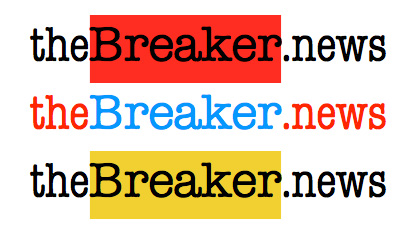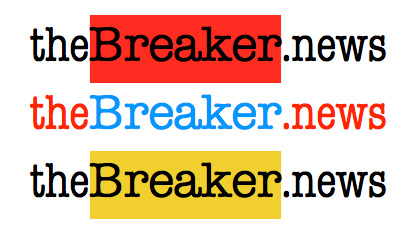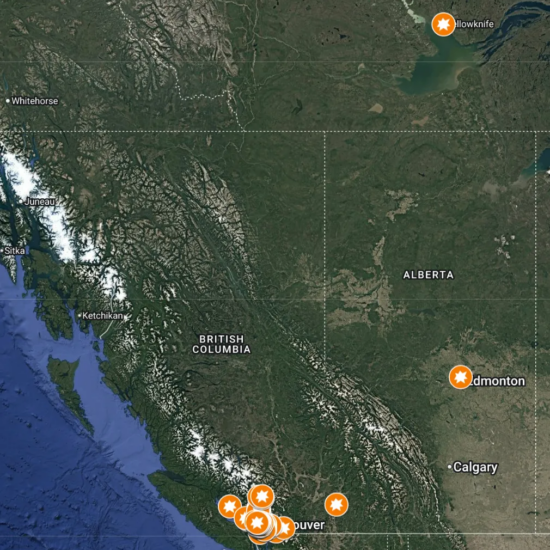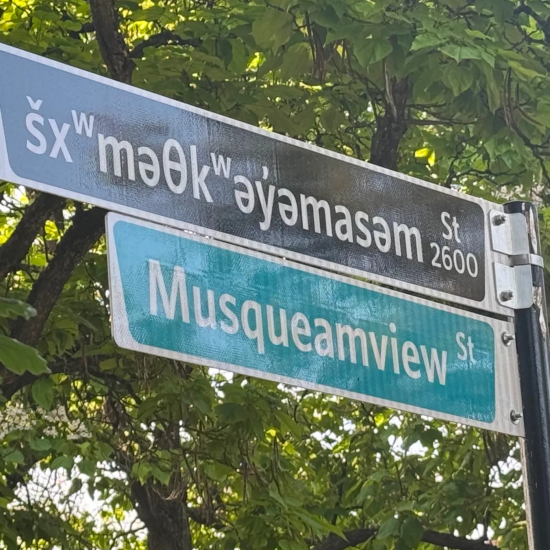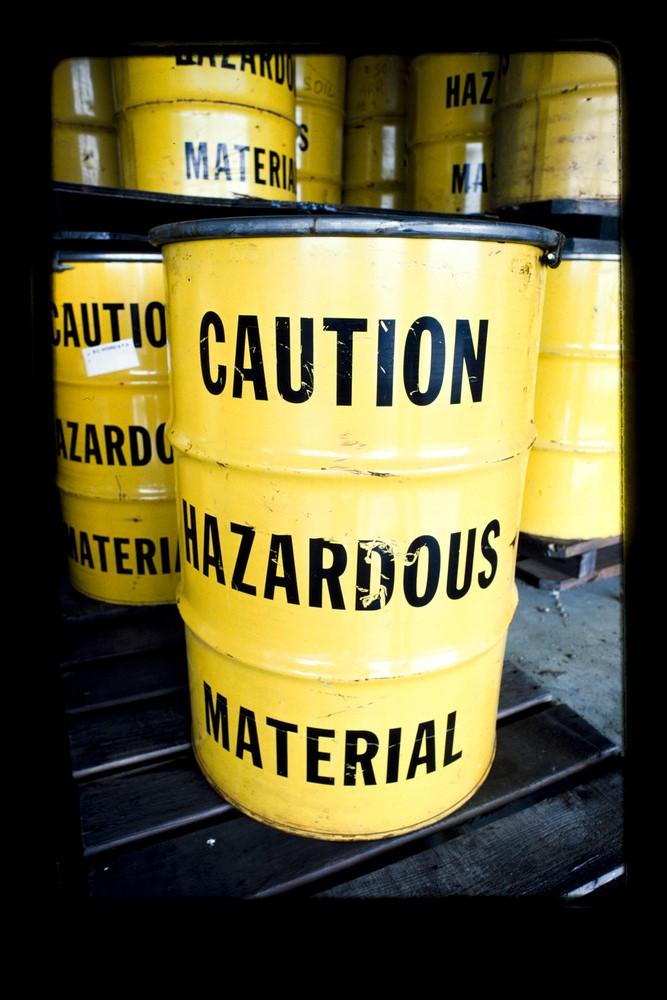
Bob Mackin
The BC Hydro project to phase-out equipment containing high levels of Polychlorinated Biphenyls (PCBs) found the toxic chemical in assets that had previously been deemed PCB-free.

BC Hydro PCB storage from 1982
(BC Hydro/BC Archives)
“Several shunt capacitor manufacturer nameplates indicated they were ‘PCB Free’. However, subsequent testing during disposal found they contained PCBs greater than 50 ppm [parts per million],” said a November 2022 briefing note for senior executives, obtained via freedom of information. “Further testing of the 17 remaining original in-service capacitor banks found four banks contained PCB levels targeted for phase out. One bank remains to be tested. All capacitor banks are planned to be phased out before the internal deadline.”
Further, it said, BC Hydro has measures to check integrity of PCB inventories, including resampling and testing, field audits and evaluating random samples.
According to its submission to the B.C. Utilities Commission, the cooling and insulating chemical, banned from production in Canada since 1977, is commonly found in BC Hydro’s power transformers, oil filled reactors, distribution transformers, voltage regulators, instrument transformers, metering kits, circuit breakers, and reclosers and sectionalizers.
Most equipment containing 50 ppm or more of PCBs must be phased out by the end of December 2025 under federal regulations. The briefing note said BC Hydro is on track to meet that deadline, but it won’t meet an internal deadline set for the end of March 2024.
Even when BC Hydro finishes the job, PCBs are expected to be around until mid-century.
“Equipment containing lower levels of PCBs will remain in service for at least the next 20 to 30 years. These will continue to require active management, to minimize releases to the environment and maintain compliance,” said the briefing note.
PCB release from equipment and waste is prohibited and punishable by individual fines up to $1 million and three years in jail for first offence or $6 million for a corporation.
The briefing note quoted from a presentation by Roman Dusil, BC Hydro’s technical strategic principal, that said more than 370,000 assets were assessed since 2014 for PCB content. Approximately 9,000 were targeted for phase out.
“There are four broad categories of phase out efforts that are experiencing unique challenges in meeting BC Hydro’s own internal deadline and, without mitigation measures, have the potential to miss the regulation deadline resulting in non-compliance,” the briefing note said.
Those four areas involve station decommissioning, capital project schedules, distribution equipment and supply chains, and last-minute identification of equipment targeted for phase out. Strategies to mitigate phase out delays include replacing equipment early or removing equipment from service.
At the time of the briefing note, BC Hydro believed the vast majority of equipment would meet the internal deadline, “except for a few.” But none is forecast to miss the 2025 federal deadline. BC Hydro said it requires greater diligence and reporting to avoid further delays.
“While BC Hydro has not identified any PCB equipment phase out at risk of missing the regulation deadline, we have increased our documentation of delays and mitigation efforts for PCB equipment that miss our internal deadline.”
There are 16 projects with PCB equipment targeted for phase out, five of which are forecast to be removed after the internal deadline, but before the regulation deadline.
Thirteen stations containing PCB equipment are slated for decommissioning, 12 of those are dependent on voltage conversion projects being completed before decommissioning. Three station decommissioning projects are at risk from delays due to permitting, customer agreements, engineering design, and labour and materials shortages.
An appendix shows the forecast PCB phase out of August 2024 at the Lougheed substation in Burnaby and October 2024 at the Glenmore substation in North Vancouver. Norgate in North Vancouver is listed with an April 2025 phase out date.
Support theBreaker.news for as low as $2 a month on Patreon. Find out how. Click here.


